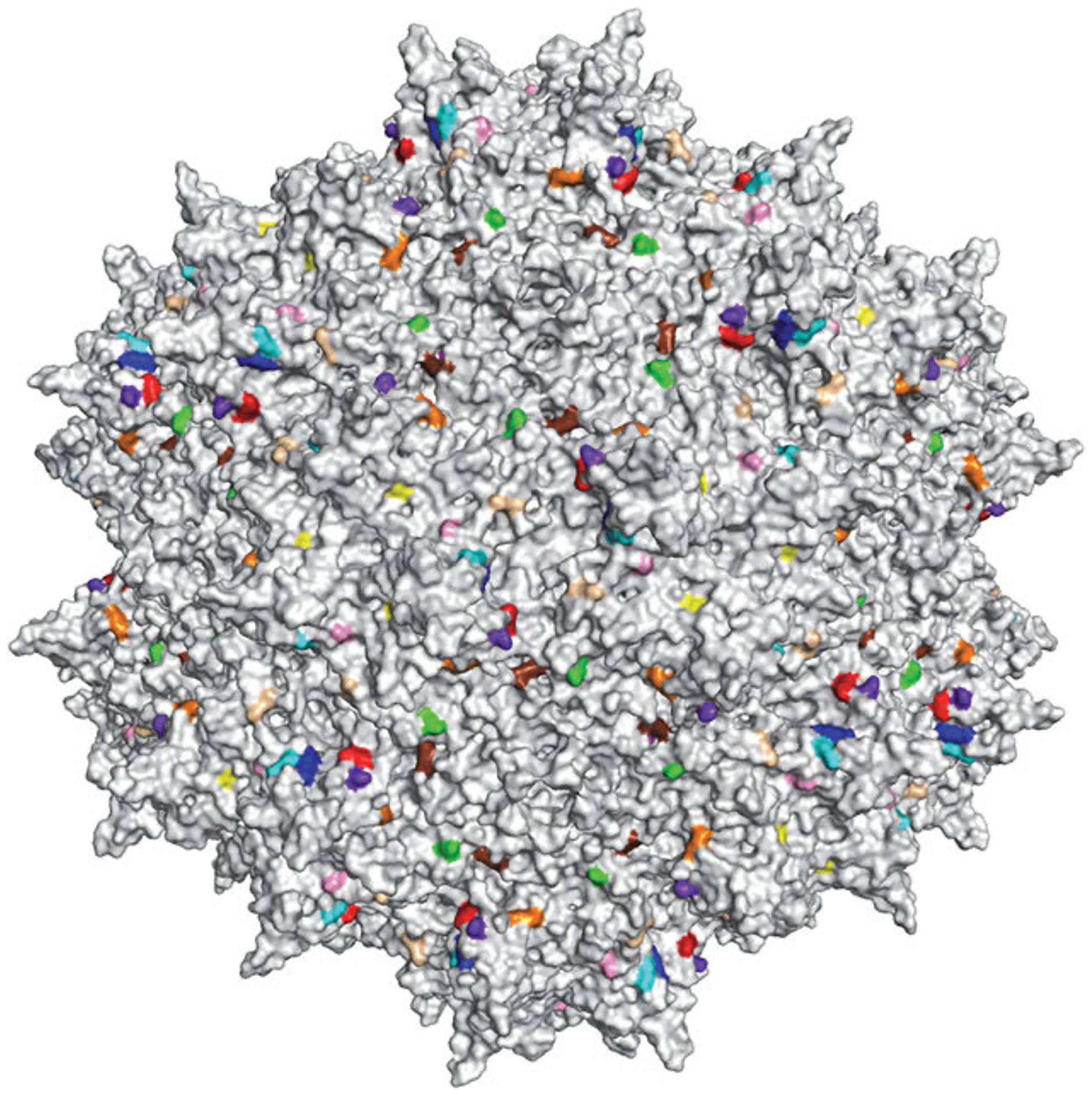
AAV2
| Virus Name | Full name | Summary |
|---|---|---|
| AAV2 | Adeno-associated virus type 2 | AAV2 is a non-pathogenic human parvovirus that requires co-infection with a helper virus (like adenovirus or herpesvirus) to replicate. It has not been associated with any known human disease and is considered non-pathogenic. Due to its low immunogenicity and ability to deliver genes, AAV2 is widely used in gene therapy and biomedical research. Despite recent studies exploring links to liver cancer, AAV2 is generally regarded as safe and stable in therapeutic contexts. [More info] |
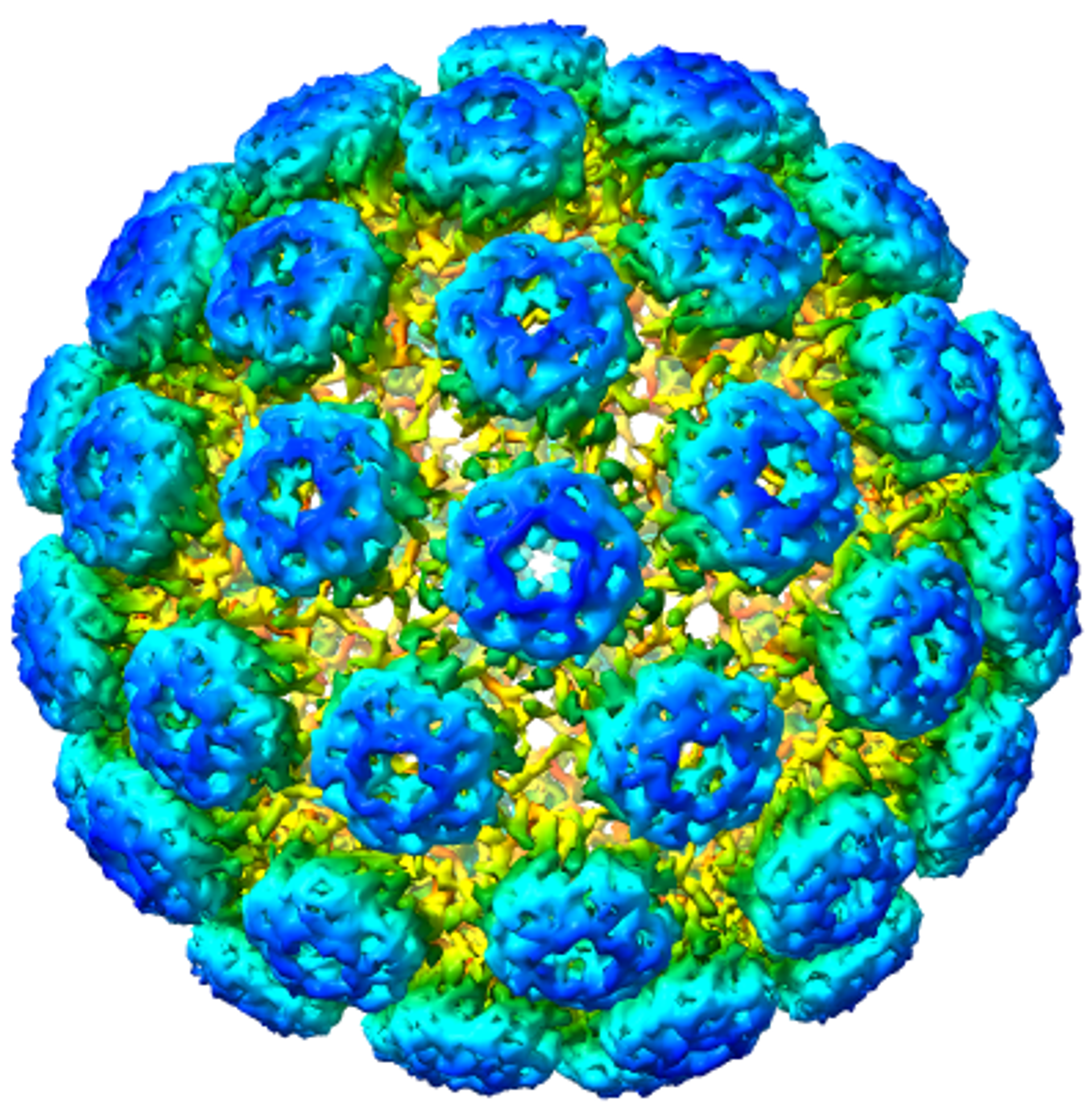
BKPyV
| Virus Name | Full name | Summary |
|---|---|---|
| BKPyV | BK polyomavirus | BK polyomavirus is a human polyomavirus that typically causes asymptomatic infections in childhood and then remains latent in the kidneys. It can reactivate in immunocompromised individuals, particularly in kidney transplant recipients, where it can lead to BK virus-associated nephropathy, a major cause of graft failure. Transmission likely occurs via respiratory or urinary routes. Most adults carry the virus latently without symptoms. It is one of several human polyomaviruses with clinical relevance under specific conditions. [More info] |
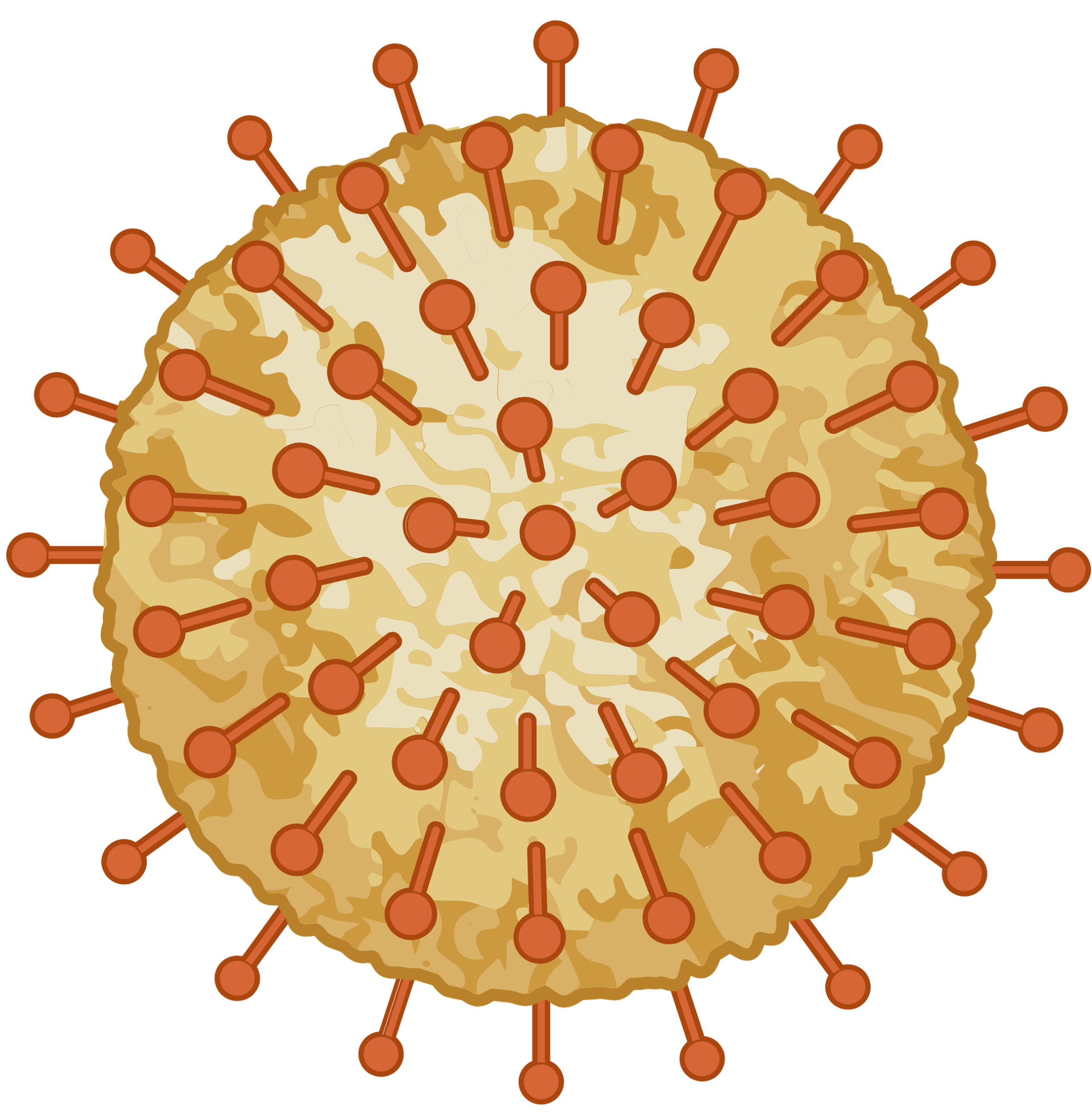
EBV
| Virus Name | Full name | Summary |
|---|---|---|
| EBV | Epstein-Barr Virus | Epstein-Barr virus is a human herpesvirus (HHV-4) that infects over 90% of the global population. It primarily targets B lymphocytes and epithelial cells, and is best known for causing infectious mononucleosis ("mono" or the "kissing disease"). EBV establishes a lifelong latent infection and is linked to several human cancers, including Burkitt lymphoma, Hodgkin lymphoma, and nasopharyngeal carcinoma. It is also associated with certain autoimmune diseases, such as multiple sclerosis. EBV is transmitted through saliva and occasionally via organ transplant or blood transfusion. [More info] |
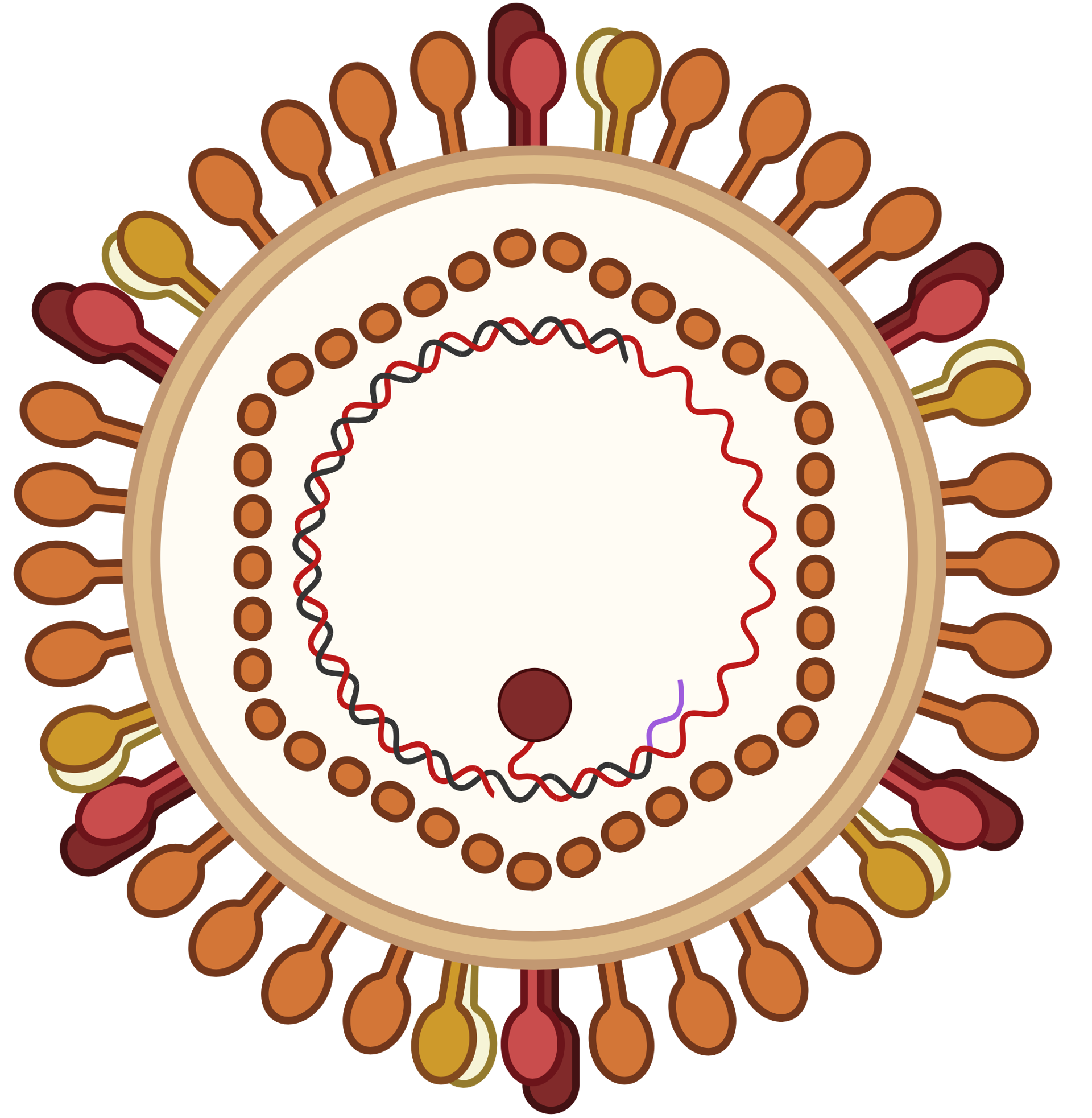
HBV
| Virus Name | Full name | Summary |
|---|---|---|
| HBV | Hepatitis B virus | Hepatitis B virus is a human-infecting DNA virus that targets liver cells. It is a major cause of chronic hepatitis, liver cirrhosis, and hepatocellular carcinoma. HBV is transmitted through blood, sexual contact, and perinatal exposure. It is preventable through a highly effective vaccine, but chronic infection still affects over 250 million people worldwide. HBV is a serious global health concern, especially in Asia and Africa. [More info] |
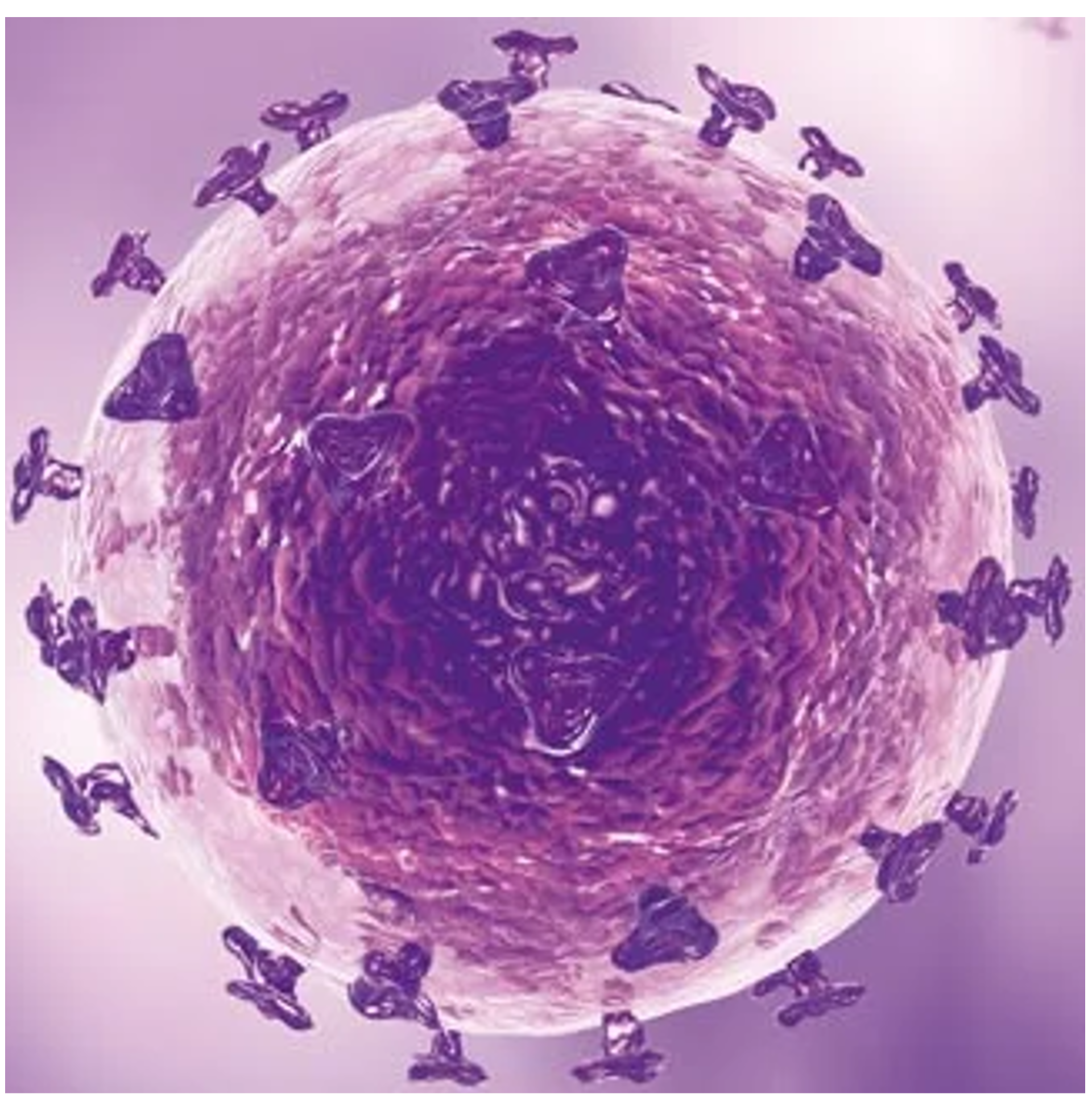
HHV7
| Virus Name | Full name | Summary |
|---|---|---|
| HHV7 | Human herpesvirus 7 | Human herpesvirus 7 is a T-lymphotropic virus from the Herpesviridae family, typically infecting humans in early childhood. It is closely related to HHV-6 and is usually acquired after HHV-6 infection. HHV-7 can cause roseola (exanthem subitum), febrile seizures, or remain asymptomatic. Like other herpesviruses, it establishes lifelong latency. Its clinical impact is generally mild, but reactivation may cause complications in immunocompromised patients. |
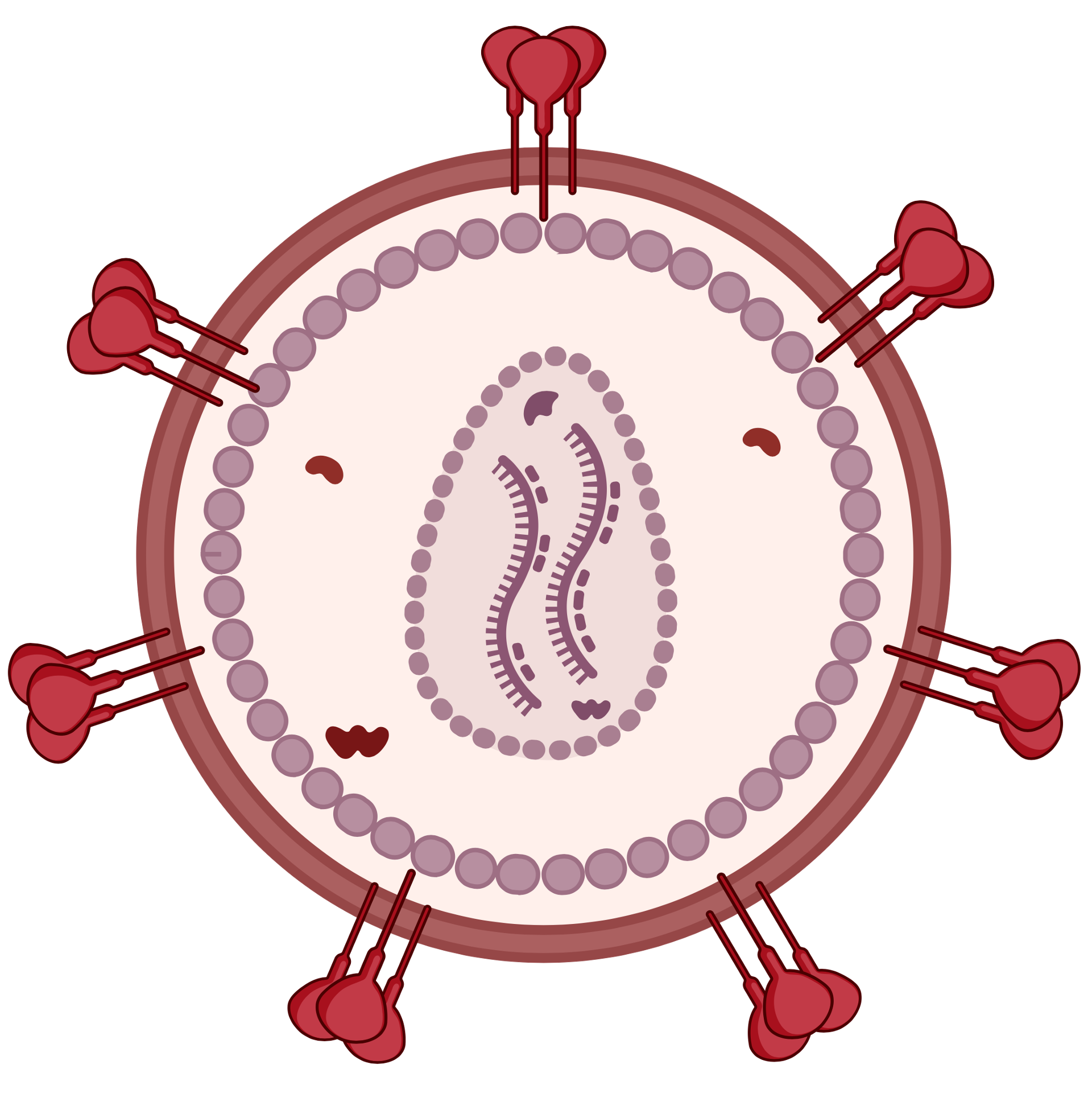
HIV
| Virus Name | Full name | Summary |
|---|---|---|
| HIV | Human Immunodeficiency Virus | HIV is a retrovirus that infects humans exclusively, attacking the immune system by targeting CD4+ T cells. It causes AIDS, a condition where the immune system becomes severely weakened, leading to life-threatening infections and cancers. HIV is transmitted through blood, semen, vaginal fluids, and from mother to child. Antiretroviral therapy (ART) can suppress the virus effectively, allowing individuals to live long, healthy lives. There is no cure yet, but treatment and prevention have greatly improved. [More info] |
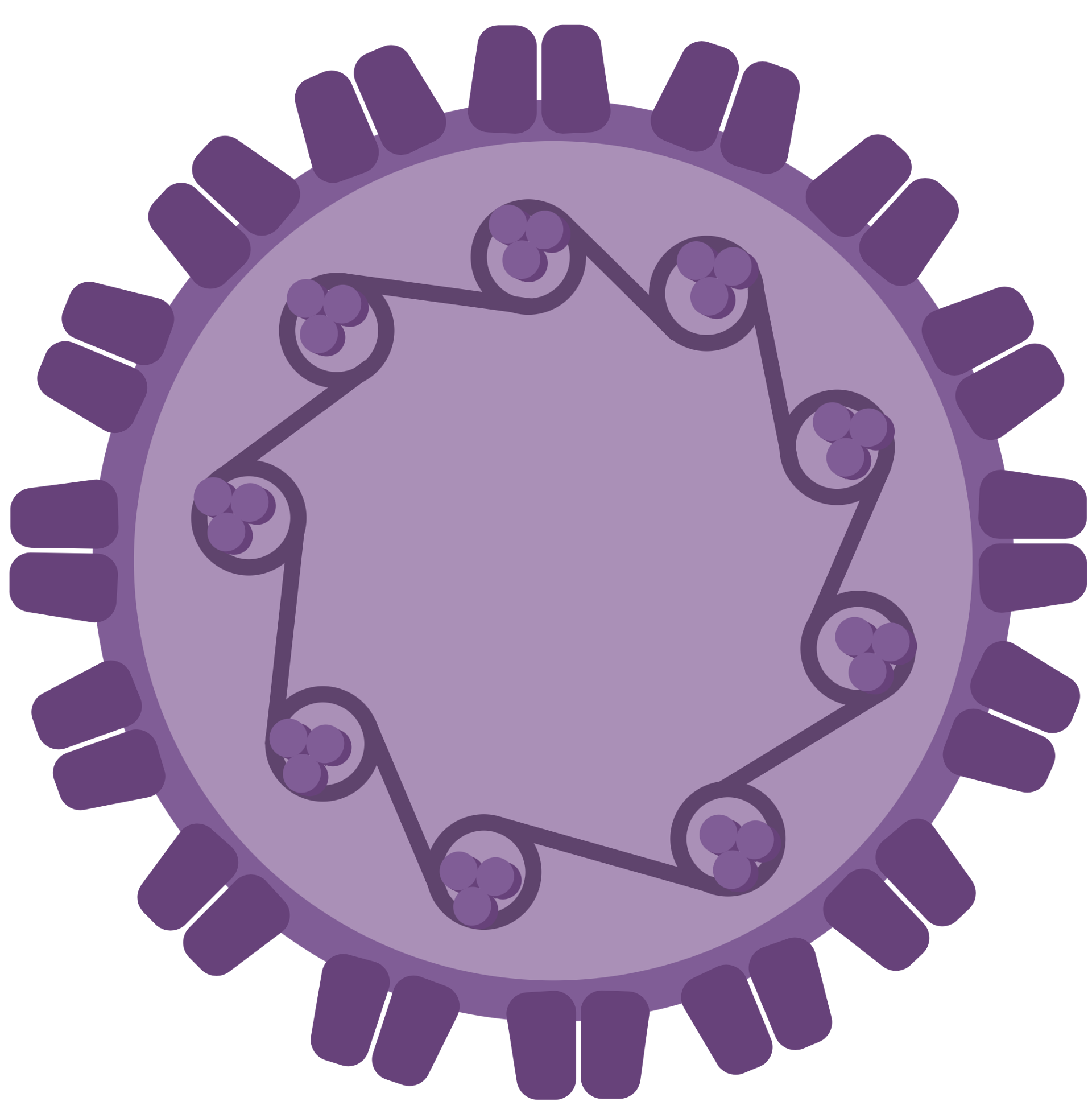
HPV
| Virus Name | Full name | Summary |
|---|---|---|
| HPV | Human Papillomavirus | HPV is a large group of human-specific DNA viruses that infect skin and mucosal surfaces. While many types are harmless or cause warts, high-risk types like HPV-16 and HPV-18 are strongly associated with cervical, anal, and oropharyngeal cancers. HPV is one of the most common sexually transmitted infections (STIs). Vaccines are available to protect against the most dangerous strains. Persistent HPV infection is a leading cause of virus-associated cancers worldwide. [More info] |

HTLV-1
| Virus Name | Full name | Summary |
|---|---|---|
| HTLV-1 | Human T-lymphotropic Virus | Human T-lymphotropic virus type 1 (HTLV-1) is a retrovirus closely related to HIV that causes a lifelong chronic infection in humans. It spreads through breastfeeding, sexual contact, sharing needles, and unsafe blood transfusions. HTLV-1 can lead to a variety of health problems, including weakened immune function (immunosuppression), inflammation of the eyes (uveitis) and skin (dermatitis), and lung inflammation (pneumonitis). In some cases, the virus may cause cancer, specifically adult T-cell leukemia, as well as neurological disorders like HTLV-1 associated myelopathy and spastic paraparesis. [More info] |
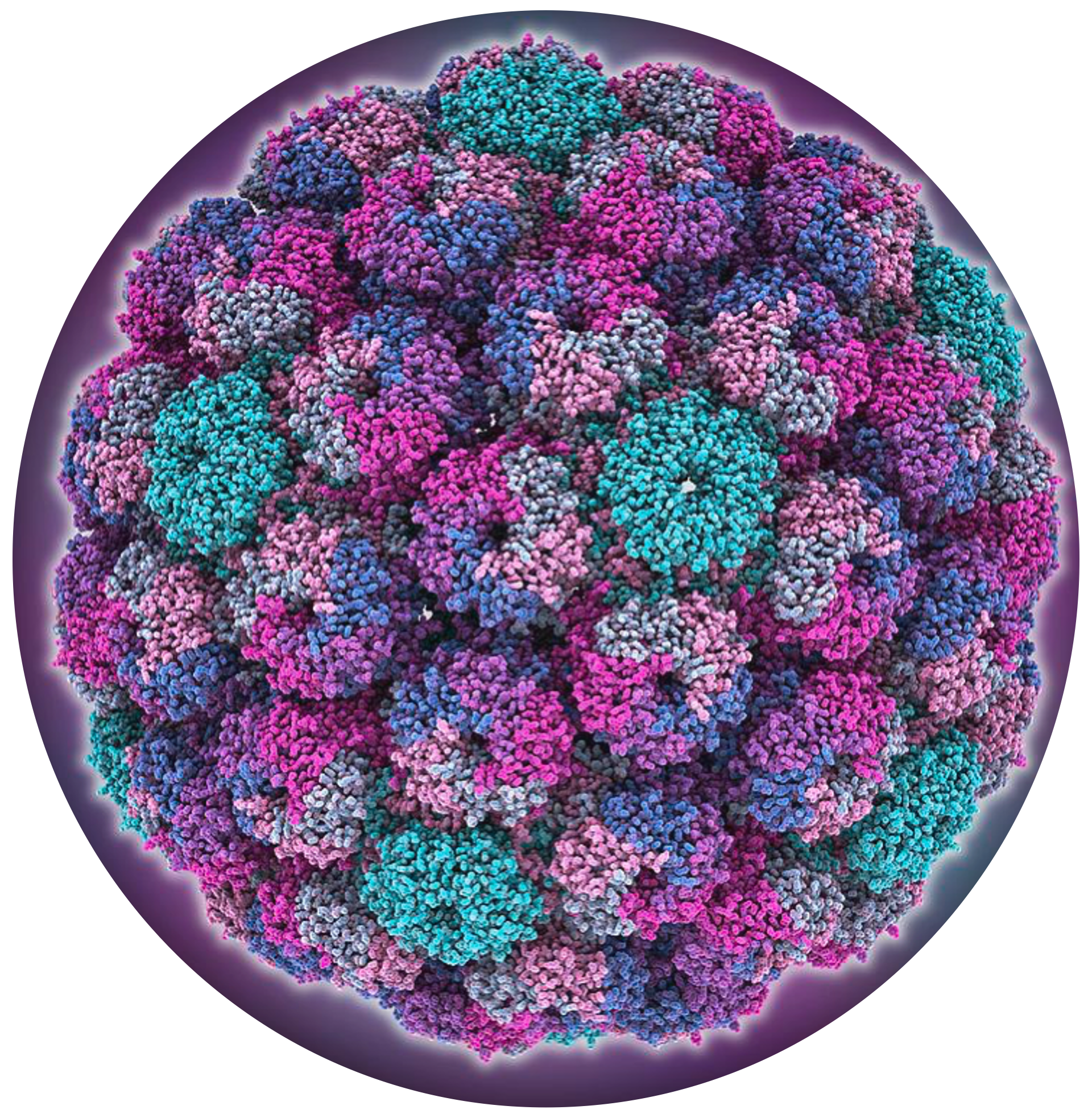
MCV
| Virus Name | Full name | Summary |
|---|---|---|
| MCV | Merkel cell polyomavirus | Merkel cell polyomavirus is a human polyomavirus discovered in 2008. It is strongly associated with Merkel cell carcinoma (MCC), a rare but aggressive skin cancer mostly affecting older or immunocompromised individuals. MCPyV is present in the skin of many healthy people and is usually harmless. However, mutations and viral integration into the host genome are key events in cancer development. It is one of the few human viruses linked to oncogenesis in the skin. [More info] |

MLV
| Virus Name | Full name | Summary |
|---|---|---|
| MLV | Murine leukemia virus | MLV is a retrovirus that naturally infects mice, not humans. However, it is widely used in gene therapy and cancer research due to its ability to integrate into host genomes. While some MLV-derived vectors can infect human cells in the lab, MLV itself is not a natural human pathogen. Studies involving MLV have been crucial in understanding retroviral biology and the development of viral vectors for therapeutic use. [More info] |
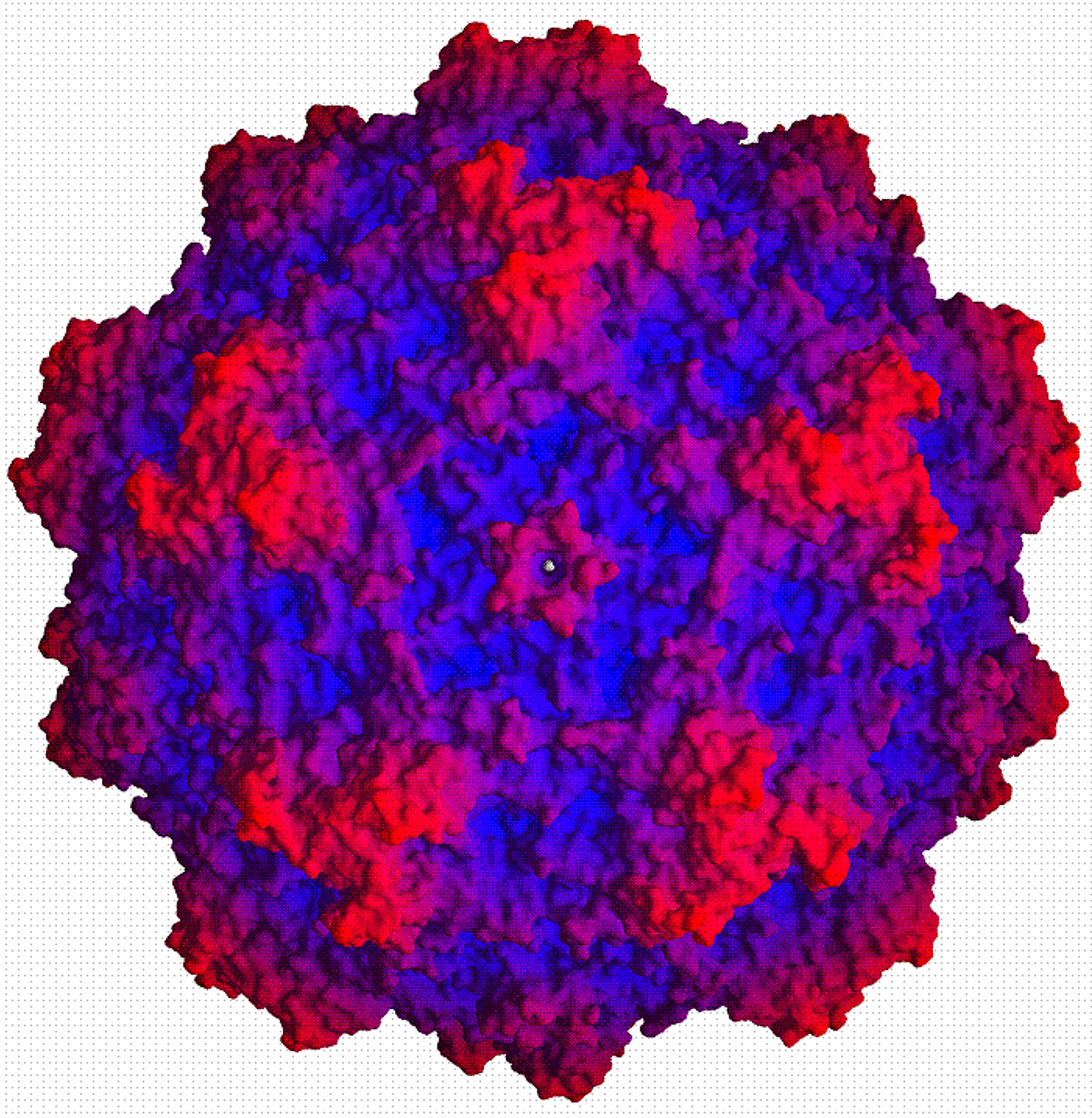
XMRV
| Virus Name | Full name | Summary |
|---|---|---|
| XMRV | Xenotropic murine leukemia virus-related virus | XMRV was initially believed to be a human retrovirus linked to prostate cancer and chronic fatigue syndrome, but later proven to be a laboratory contaminant. It originated from the recombination of murine leukemia viruses in lab mice and was not naturally present in humans. Though briefly considered a human pathogen, XMRV is now regarded as a non-human virus artifact. Its discovery and retraction highlight the importance of contamination control in virology research. [More info] |
